Many drivers do not realize just how long it takes to come to a full stop when travelling at certain speeds. Stopping distances can come down to a matter of seconds whether someone can stop in time for a hazard.
According to the Ontario Ministry of Transportation, Inattentive driving was a factor in 17% of all fatalities on Ontario roads in 2017. And more than 90% of road crashes are the result of human error. (Traffic Injury Research Foundation)
The speed of a vehicle determines the outcome of a collision. Being aware of your stopping distance will help your judgement in situations that could potentially lead to a collision.
Calculating Stopping Distance
If you put on the brakes of your vehicle, it does not stop automatically. The stopping distance is the distance the vehicle travels before it comes to rest. To calculate this, you have to consider two main things: Total Driver Reaction Time and Vehicle Braking Distance.
Total Driver Reaction Time is when the thought to apply the brakes comes to your mind, and you press your foot on the brake.
Vehicle Braking Distance is the time taken from applying the brakes to the time the vehicle comes to a full stop.
Total Driver Reaction Time
It takes drivers approximately 1.5 seconds to see a hazard and recognize it. This is called perception time. Next, it takes a driver approximately one second to physically react, take their foot off the accelerator, and put it on the brakes. This is reaction time.
This means the Total Driver Reaction Time, on average, is 2.5 seconds. However, distractions and driver inexperience can greatly increase driver reaction time.
So, how far does the vehicle travel during the driver reaction time?
On average, if road conditions are ideal, in 2.5 seconds, a vehicle travelling (driver reaction distance):
40km/hr will travel 28 meters
50km/hr will travel 35 meters
60km/hr will travel 43 meters
Vehicle Braking Distance
How much further the car will travel once the driver has reacted and the brakes have been applied also depends on how fast the vehicle is going. These are the approximate distances that it takes a vehicle to come to a stop once the brakes are applied.
Note – this is on dry pavement. When roads are wet, icy or snowy – these distances can be much longer! It takes up to 10 times longer to stop on snow and ice than on dry pavement.
Once brakes have been applied, vehicles going:
40 km/h should stop in 17 meters
50 km/h should stop in 28 meters
60 km/h should stop in 43 meters
Total Stopping Distance
With this information, we can now calculate the total stopping distance by adding Driver Reaction Distance + Vehicle Braking Distance. A vehicle going
40km/hr has a total stopping distance of 45m
50km/hr has a total stopping distance of 63m
60km/hr has a total stopping distance of 86m
To put this into perspective, a football field is 91m long between the goal lines.
A distracted stopping distance is much longer! Even looking at your cell phone for one second can mean an additional 20 meters to your stopping distance.
How can we reduce stopping distance and braking time to lessen or avoid possible hazards?
- Speed: Driving within the posted speed limits reduces the stopping distance, especially during icy or wet road conditions. Braking distance goes up exponentially with speed. Also, allowing at least 3 seconds following distance between yourself and the vehicle in front of you will give enough distance to stop suddenly.
- Braking safely: Well-maintained brakes will take less time in bringing the vehicle to a stop. Brake pads, rotors and even tires all play a part in the effectiveness of your braking. Starting to brake early and smoothly, and avoiding slamming on the brakes, will ensure a greater stopping distance.
- Avoid distractions: This is the most important one! Distractions like texting or talking on the phone, eating or even changing the radio station can drastically increase driver reaction time and stopping distance. Keeping your eyes on the road and being aware of your surroundings will make you a safer and better driver.
By keeping these tips in mind and being aware of stopping distance, you can significantly reduce your chance of a collision and be a safe driver.
Sources
https://tirf.ca/
https://tests.ca/driving-statistics/
https://www.g1.ca/driving-statistics/
Road SMARTS
Road safety is a shared responsibility, regardless of how (or when) you use the road. Our friends, family, children, and colleagues are impacted several times daily by road safety. When tragedy strikes, too often we feel powerless in terms of making an impact to prevent further issues. If you would like to get more involved in road safety, we invite you to take the #RoadSMARTS pledge. By taking the Road SMARTS Pledge, you Support Making All Road Travel Safe, which can help improve road safety for everyone. When road behaviours change, accidents can be reduced. For more information and to take the pledge for free, visit https://www.ottawasafetycouncil.ca/road-smarts.
